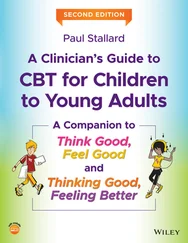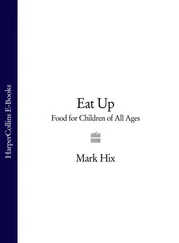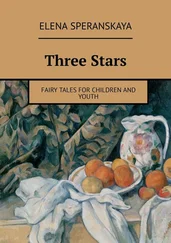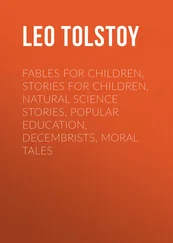1 Summaries of Product Characteristics (known as SPCs or SmPCs): A SmPC informs healthcare professionals how to prescribe and use a medicine correctly. A SmPC is based on clinical trials that a pharmaceutical company has carried out and gives information about dose, use and possible side effects. A SmPC is always written in a standard format.
2 Patient Information Leaflets (PILs, Package Leaflets or PLs): A PIL is the leaflet that is included in the pack with any medicine. The PIL is a summary of the SmPC and is written for patients.
3 Risk Minimisation Materials (RMMs): Risk Minimisation Materials are resources for healthcare professionals that aim to optimise the safe and effective use of a medicine. RMMs can come in a number of forms, such as educational programmes, prescribing or dispensing guides, patient brochures or alert cards.
4 Safety Alerts: Safety alerts are issued by the medicine healthcare regulatory agency and/or marketing authorisation holder and contain important public health messages or safety critical information about a medicine.
5 Product Information: This is any additional information about a product. It may include important information such change of packaging or issues related to stock levels. (Electronic Medicines Compendium/Datapharm Ltd.)
Within the emc there are also audio and video resources that provide additional information in a user‐friendly way , promoting the safe and effective use of a medicine. For example, a video clip may demonstrate how to administer a certain medicine correctly.
What Can Be Prescribed on an NHS Prescription?
There are hundreds of medicinal products and devices (or appliances) available to treat and manage illnesses, conditions and diseases. A medicinal product is defined as an item which is not considered to be appliance and could be a drug, food, toiletry or type of cosmetic (Pharmaceutical Services Negotiating Committee https://psnc.org.uk/dispensing‐supply/dispensing‐a‐prescription/medicinal‐products/). An approved medical device will carry the CE mark (Conformité Européenne) which signifies that it conforms to the appropriate regulatory standards. Not all of these medical products, devices or appliances are available from the NHS. On receiving a prescription, pharmacy staff will check whether or not an item is allowed to be prescribed on the NHS prior to dispensing using the Drug Tariff.
The Drug Tariff is produced monthly by the Pharmaceutical Directorate of the NHS Business Services Authority and the NHS Prescription Services for the Secretary of State. It is supplied primarily to pharmacists and doctors’ surgeries and is available in print and online, any healthcare professional can view the most up‐to‐date online version. Only fully licensed and approved medications and devices, found on the Drug Tariff, can be prescribed within the NHS (unless for research purposes). Information on the Drug Tariff can be found on either the Pharmaceutical Services Negotiating Committee (PSNC) or the NHS Prescription Services Websites. Within each of these sites you will find information on how to use the Drug Tariff, the Drug Tariff Preface and the information within the different Parts of the Drug Tariff. The Drug Tariff preface is an important section as each month as it contains valuable information on additions, deletions and any other alterations to the Drug Tariff.
What the Drug Tariff Does
The Drug Tariff outlines information such as:
What will be paid to pharmacies for the NHS services provided (for example the cost of drugs and appliances supplied against an NHS Prescription)
Rules that need to be followed when dispensing items
Drug and appliance prices
How to Tell if a Medicinal Product is Allowed on Prescription
The ‘blacklist’ can be found in Schedule 1 to the NHS Regulations 2004 and is found in the Drug Tariff (part XVIIIA). It is a list of medicinal products which cannot be prescribed on the NHS. Any medicinal product not in the ‘blacklist’ can be prescribed on the NHS. The prescriber may, however, be questioned during the auditing process about the appropriateness of prescribing this item at the NHS’s expense. As a general rule, if a branded (proprietary) product is listed in the ‘blacklist’ it cannot be prescribed on the NHS. Many of the medicinal products on the ‘blacklist’ are available over the counter for people to buy, whilst some do not have enough evidence to show their efficacy.
The PSCN flow chart ( Figure 2.4) can be used to help identify whether an item is allowed to be dispensed on an NHS prescription form. Different practitioners may use different prescription pads or resources (seen below as FP10, FP10SS, FP10SP*).
If a medicinal product or device is prescribed that is not on the Drug Tariff, it cannot be dispensed.
Go to the Drug Tariff ( www.nhsbsa.nhs.uk/pharmacies‐gp‐practices‐and‐appliance‐contractors/drug‐tariff) and see which of the following products are blacklisted and should not be prescribed on the NHS:
Ferrous sulfate compound tablets BP
Gaviscon granules
Lemsip flu strength
Lactulose syrup
Other Guides to Prescribing
The Joint Royal Colleges Ambulance Liaison Committee (JRCALC) Clinical Guidelines
The Joint Royal Colleges Ambulance Liaison Committee Clinical (JRCALC) Guidelines is a helpful resource for paramedics and other healthcare professionals, in emergency care, on the road and in the community. JRCALC combines expert advice with practical guidance to ensure uniformity in the delivery of high‐quality patient care. The book, available as either a comprehensive reference edition or a pocket guide, covers a wide range of topics, from resuscitation, medical emergencies, trauma, obstetrics and medicines to major incidents and staff well‐being. It includes an extensive UK drugs formulary and Page for Age drugs tables to assist in making medicines administration simple. A digital version, via an app, of the official JRCALC guidelines is also available for prehospital clinicians to download.
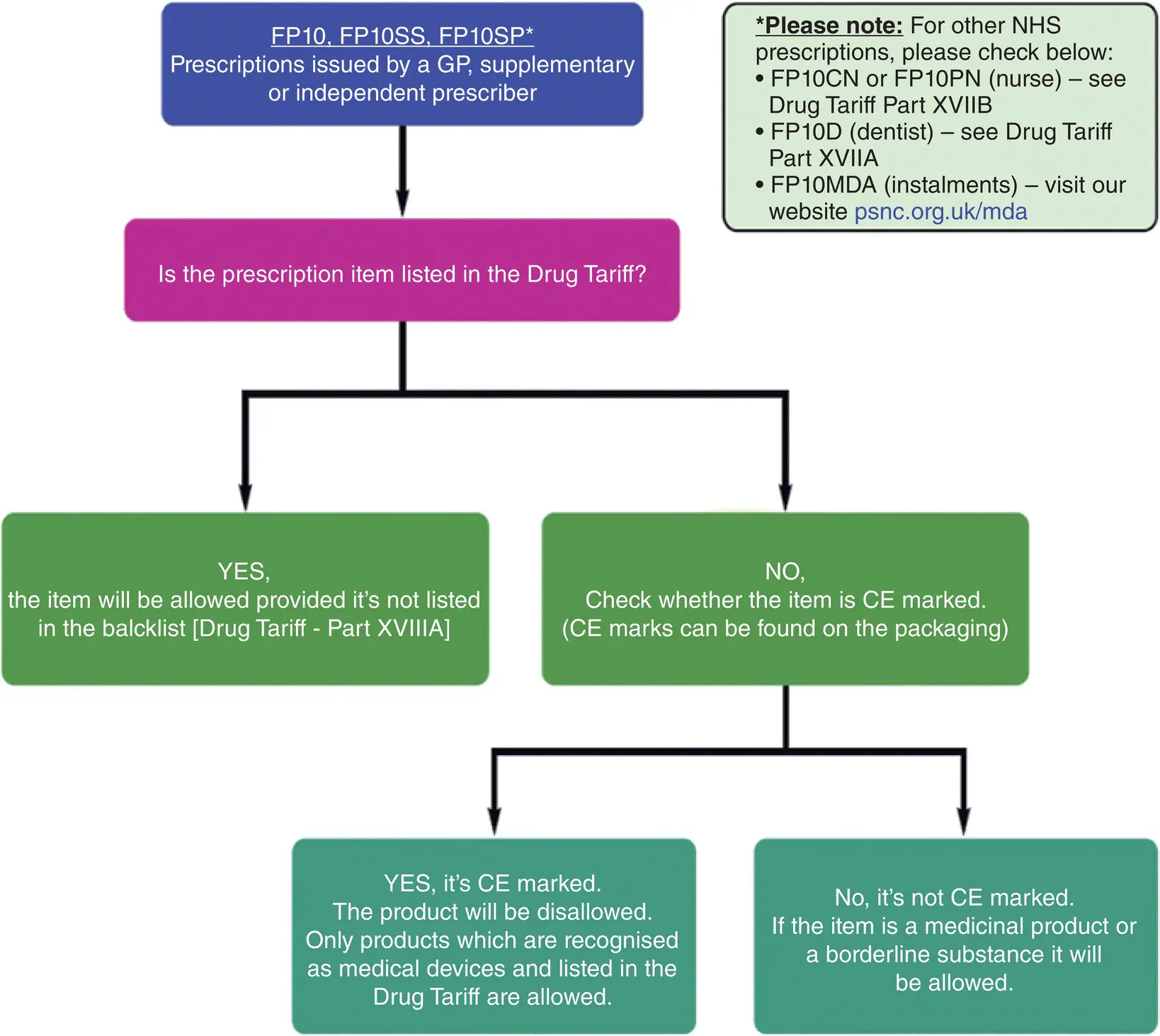
Figure 2.4 How to determine if a drug or device can be prescribed on the NHS.
There are also numerous prescribing and drug handbooks available, predominantly developed and produced for healthcare staff within the United States (US).
They can be a useful resource but be aware the recommended medicines within these guides will not be based on UK NICE/SIGN guidelines and/or the medicinal products may not even have a licence to be used within the UK.
The Evidence Base to Prescribing: Prescribing Guidelines
There are many medications that can be used to treat the same condition, it is important to know which drug to use and when. To assist with choosing the most appropriate medication, in terms of efficacy, safety and cost‐effectiveness, clinical guidelines (where available) must be adhered to. Clinical guidelines are systematically developed statements to assist practitioners and patients make decisions about the most appropriate healthcare for specific clinical circumstances. Guidelines provide recommendations for effective practice in the management of clinical conditions where variations in practice are known to occur and where effective care may not be delivered in uniform way. There are many guidelines available, but most are based on a consensus of ‘expert opinion’ or a non‐systematic review of the scientific literature. Prescribing clinical guidelines can be local or national ( Table 2.3provides some examples).
Читать дальше






